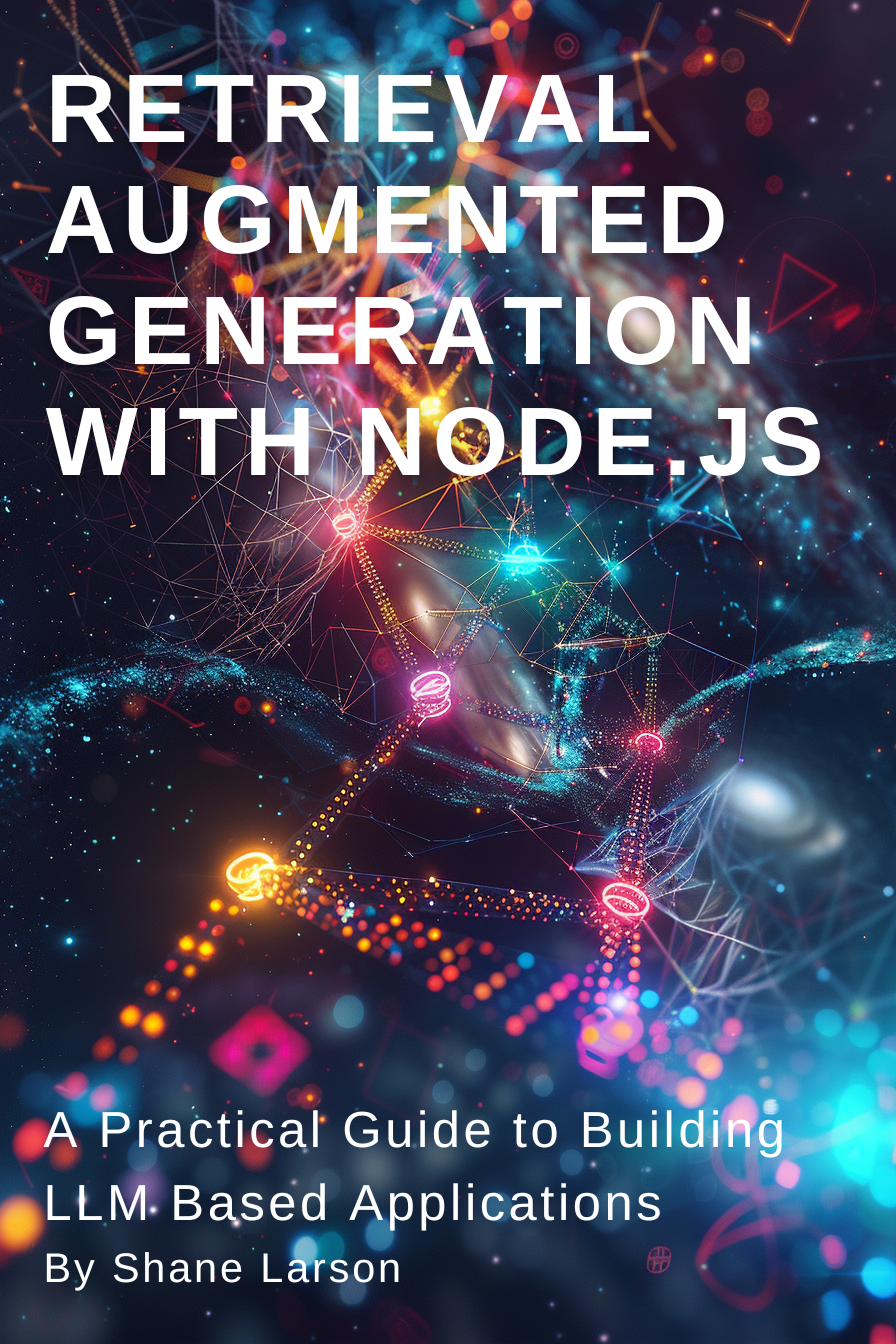Creating Space Mining Adventure: An AI-Assisted Game Development Journey
Looking for expert solutions in AI, Web Applications, APIs, or blockchain development?
Request a Free ConsultationIn the rapidly evolving landscape of game development, artificial intelligence is opening up new possibilities for creators. This article details the process of creating "Space Mining Adventure," a browser-based game, using a combination of AI tools and traditional development environments. Our journey showcases how AI can streamline the game development process, from ideation to implementation.

The Tools of the Trade
- Claude 3.5 Sonnet: An advanced AI language model by Anthropic, used for code generation, problem-solving, and creative input.
- SpritesheetGPT: An AI-powered tool for generating game sprites and animations.
- Visual Studio Code: A versatile, open-source code editor that served as our Integrated Development Environment (IDE).
Conceptualization and Planning
The journey began with a brainstorming session facilitated by Claude 3.5 Sonnet. We discussed various game concepts, ultimately settling on a space-themed mining adventure. Claude helped flesh out the core gameplay mechanics:
- Piloting a spaceship through an asteroid field
- Mining valuable minerals from asteroids
- Avoiding or battling space pirates
- Encountering alien technology for ship upgrades
With the concept solidified, Claude assisted in breaking down the development process into manageable tasks and suggesting a basic project structure.
Asset Creation with SpritesheetGPT
One of the most time-consuming aspects of game development is often asset creation. SpritesheetGPT dramatically accelerated this process:
- We input descriptions of our desired sprites: the player's spaceship, asteroids, pirate ships, and alien technology.
- SpritesheetGPT generated multiple variations of each sprite.
- We selected the best options and made minor adjustments as needed.
This AI-assisted approach allowed us to create a cohesive set of game assets in a fraction of the time it would have taken to draw them manually.
Coding the Game Logic
With Visual Studio Code as our IDE, we began implementing the game logic. Claude 3.5 Sonnet played a crucial role in this phase:
HTML Structure: Claude provided the basic HTML structure for our game, including the canvas element and necessary metadata.
CSS Styling: We collaborated with Claude to create a retro arcade-style CSS, complete with a pixelated font and a space-themed color scheme.
JavaScript Game Engine: Claude generated the core game loop and assisted in implementing key functions:
- Player movement and controls
- Asteroid generation and collision detection
- Pirate AI and combat mechanics
- Mineral collection and scoring system
- Alien encounter events and ship upgrades
Throughout the coding process, Claude offered optimizations, bug fixes, and suggestions for improving game performance.
Mobile Optimization
To ensure our game was accessible on various devices, we worked with Claude to implement mobile controls:
- Added touch-based directional buttons for mobile interfaces.
- Implemented responsive design principles in our CSS to adapt the game layout for different screen sizes.
- Optimized performance for mobile devices by adjusting game parameters and asset loading.
Testing and Refinement
With the core game implemented, we entered an iterative testing and refinement phase:
- Claude suggested various test scenarios to ensure all game mechanics were functioning correctly.
- We identified and fixed bugs, with Claude providing debugging assistance and code improvements.
- Game balance was adjusted based on playtesting feedback, with Claude offering suggestions for tweaking difficulty curves and reward systems.
Deployment and Future Plans
Finally, we deployed "Space Mining Adventure" to GitHub Pages, making it easily accessible to players worldwide. You can play the game here:
For those interested in the technical implementation or who want to contribute to the project, the full source code is available on GitHub:
Space Mining Adventure GitHub Repository
Looking ahead, we plan to:
- Implement a high score system
- Add more varied alien encounters and upgrades
- Create additional levels with increasing difficulty
We welcome contributions and feedback from the community to help make the game even better!
Conclusion
Creating "Space Mining Adventure" with the assistance of AI tools like Claude 3.5 Sonnet and SpritesheetGPT demonstrated the potential of AI-assisted game development. These tools significantly accelerated the development process, from asset creation to coding and problem-solving.
While AI proved to be an invaluable assistant, human creativity, decision-making, and fine-tuning remained crucial throughout the process. The synergy between human ingenuity and AI capabilities resulted in a unique gaming experience that we're excited to share with the world.
As AI tools continue to evolve, we anticipate even more innovative approaches to game development, opening up new possibilities for indie developers and small teams to create compelling, polished games in record time.
We encourage you to try out "Space Mining Adventure" and share your thoughts. Whether you're a player enjoying the game or a developer interested in AI-assisted game creation, we hope this project inspires and excites you about the future of game development.

Retrieval Augmented Generation with Node.js: A Practical Guide to Building LLM Based Applications
"Unlock the power of AI-driven applications with RAG techniques in Node.js, from foundational concepts to advanced implementations of Large Language Models."
Get the Kindle Edition
Designing Solutions Architecture for Enterprise Integration: A Comprehensive Guide
"This comprehensive guide dives into enterprise integration complexities, offering actionable insights for scalable, robust solutions. Align strategies with business goals and future-proof your digital infrastructure."
Get the Kindle EditionWe create solutions using APIs and AI to advance financial security in the world. If you need help in your organization, contact us!
Cutting-Edge Software Solutions for a Smarter Tomorrow
Grizzly Peak Software specializes in building AI-driven applications, custom APIs, and advanced chatbot automations. We also provide expert solutions in web3, cryptocurrency, and blockchain development. With years of experience, we deliver impactful innovations for the finance and banking industry.
- AI-Powered Applications
- Chatbot Automation
- Web3 Integrations
- Smart Contract Development
- API Development and Architecture
Ready to bring cutting-edge technology to your business? Let us help you lead the way.
Request a Consultation Now